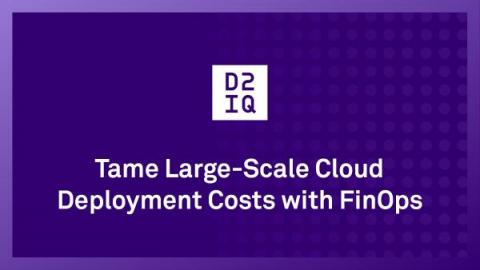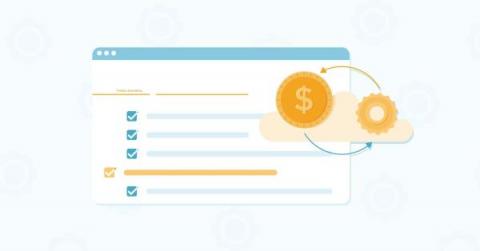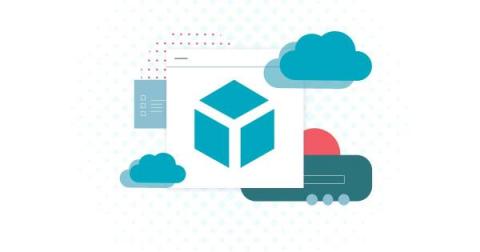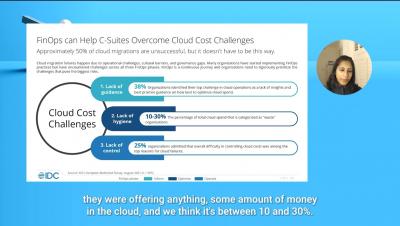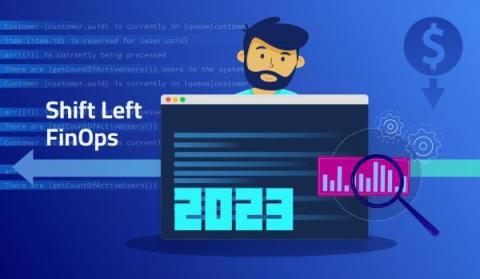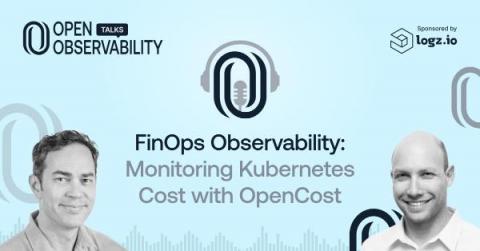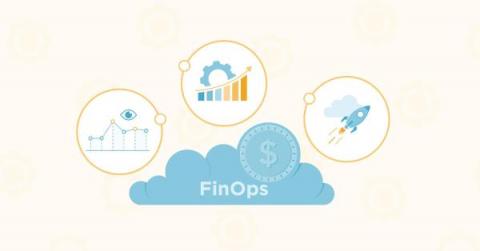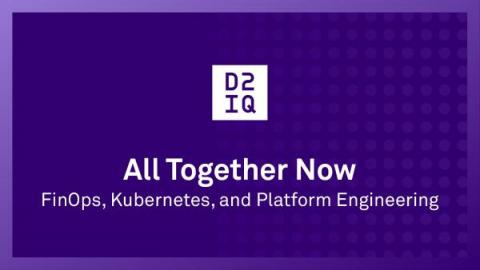Finance and supply chain meet ServiceNow workflows
Few areas of business have faced more pressure over the last three years than finance and supply chain teams. Yet most are stuck managing this upheaval with manual activities and processes that haven’t changed much since the last enterprise resource planning (ERP) implementation. The systems and tools these departments traditionally rely on lack the agility needed to excel in today’s business reality. That’s why we’re introducing ServiceNow Finance and Supply Chain Workflows.



